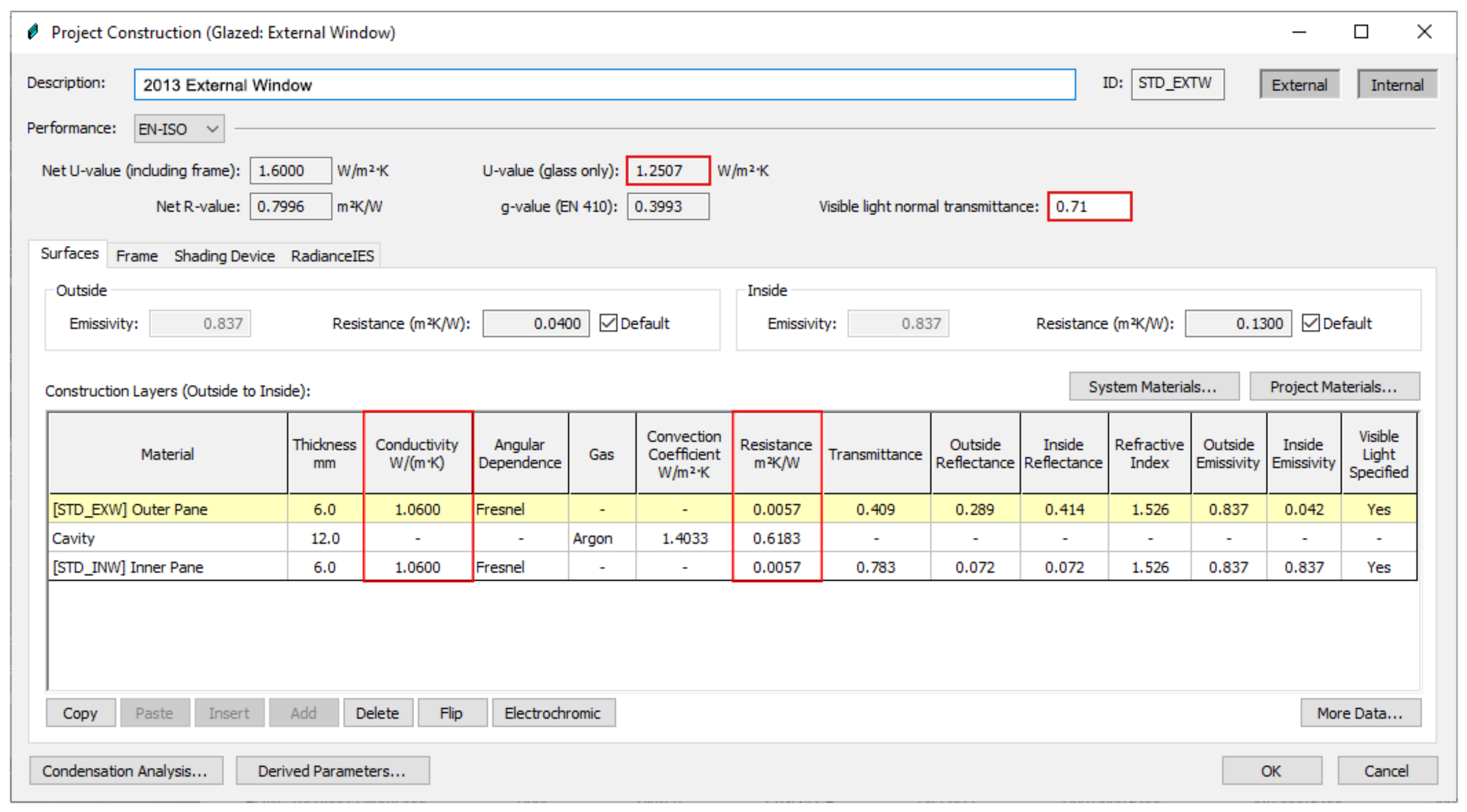

Currently measures are achieved separately: the heat demand could be reduced by application of External Wall Insulation (EWI) or decarbonised through low carbon heat supplied by District Heating Networks (DHN). One effective method to help the UK achieve GHG emission reduction targets is to reduce and decarbonise the heat demand of solid-walled terraced houses, as there are over 2.5 million such buildings making up a significant proportion of the whole building stock. Keywords: CO 2 Emissions Energy Efficiency District Heating External Wall Insulation DHWall Dynamic Thermal Modelling Pipe Sizing > onclick=">.toggleYdomainToPercent(>.export.revertConvertYdomainToPercent ? !this.checked : this.1Energy Team, AECOM, Edinburgh, UK 2School of the Built Environment, Heriot-Watt University, Edinburgh, UK 3Building Engineering Team, AECOM, Edinburgh, UK.Įmail: October 31 st, 2012 revised December 2 nd, 2012 accepted December 10 th, 2012

>">Industrial and Other Processes:> million tons >">Stationary Fuel Combustion:> million tons PM can stain and damage stone and other materials, including culturally important objects such as statues and monuments. The effects of settling include: making lakes and streams acidic changing the nutrient balance in coastal waters and large river basins depleting the nutrients in soil damaging sensitive forests and farm crops and affecting the diversity of ecosystems. PM can also be carried over long distances by wind and settle on soils or surface waters. PM exposures are also linked to harmful respiratory effects, including asthma attacks.Įnvironmental Effects Fine particles (PM 2.5) are the main cause of reduced visibility (haze) in parts of the U.S., including many national parks and wilderness areas.

These effects can result in emergency department visits, hospitalizations and, in some cases, premature death. Health Effects Exposures to PM, particularly fine particles referred to as PM 2.5, can cause harmful effects on the cardiovascular system including heart attacks and strokes.

Click the Emission Totals tab to view emission trends. Tip Click pollutant names in the chart legend to hide or include trend lines, and hover over any line to display percentages above or below the most recent standard. Visit the emissions trends website to learn more. Wildfire data excluded for all pollutants except for NH 3 pre-2002 PM emissions also exclude miscellaneous emissions (i.e., agricultural dust and prescribed fire data). In addition, from 1990 to 2014 emissions of air toxics declined by 68 percent, largely driven by federal and state implementation of stationary and mobile source regulations, and technological advancements from American innovators.


 0 kommentar(er)
0 kommentar(er)
